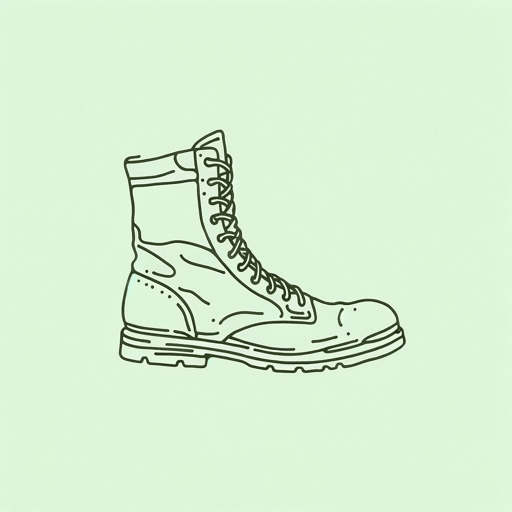43 pages • 1 hour read
Kathleen BelewBring the War Home: The White Power Movement and Paramilitary America
Nonfiction | Book | Adult | Published in 2018A modern alternative to SparkNotes and CliffsNotes, SuperSummary offers high-quality Study Guides with detailed chapter summaries and analysis of major themes, characters, and more.
Chapters 8-9Chapter Summaries & Analyses
Chapter 8 Summary: “Ruby Ridge, Waco, and Militarized Policing”
The end of the Cold War proved a seminal moment for the white power movement. Deprived of its communist enemy, it shifted focus to the so-called “Zionist-Occupied Government” (188), a term for a cabal of Jews and other globalists who had purportedly taken control of the United States. As the federal government embarked on a series of confrontations with survivalists and other heavily armed associates of the white power movement, it brought forward a heavy militarized police force, which it had also deployed in urban zones such as Los Angeles after the Rodney King riots in 1992. In the wake of Vietnam, the huge increase of the defense budget under Reagan, and the First Gulf War, the military had produced a massive surplus of equipment, much of which found its way to police departments starting in the early 1990s. This coincided with the high point of militias, many of them associated with the white power movement, although the media tended to treat it as a new phenomenon and underplayed its racist and revolutionary aspects. After President Bush used the phrase “new world order” in a 1991 speech (193), that phrase became central to the white power movement’s
Featured Collections
Books on U.S. History
View Collection
Common Reads: Freshman Year Reading
View Collection
Memorial Day Reads
View Collection
Military Reads
View Collection
Nation & Nationalism
View Collection
Politics & Government
View Collection
Sociology
View Collection
The Best of "Best Book" Lists
View Collection
True Crime & Legal
View Collection

